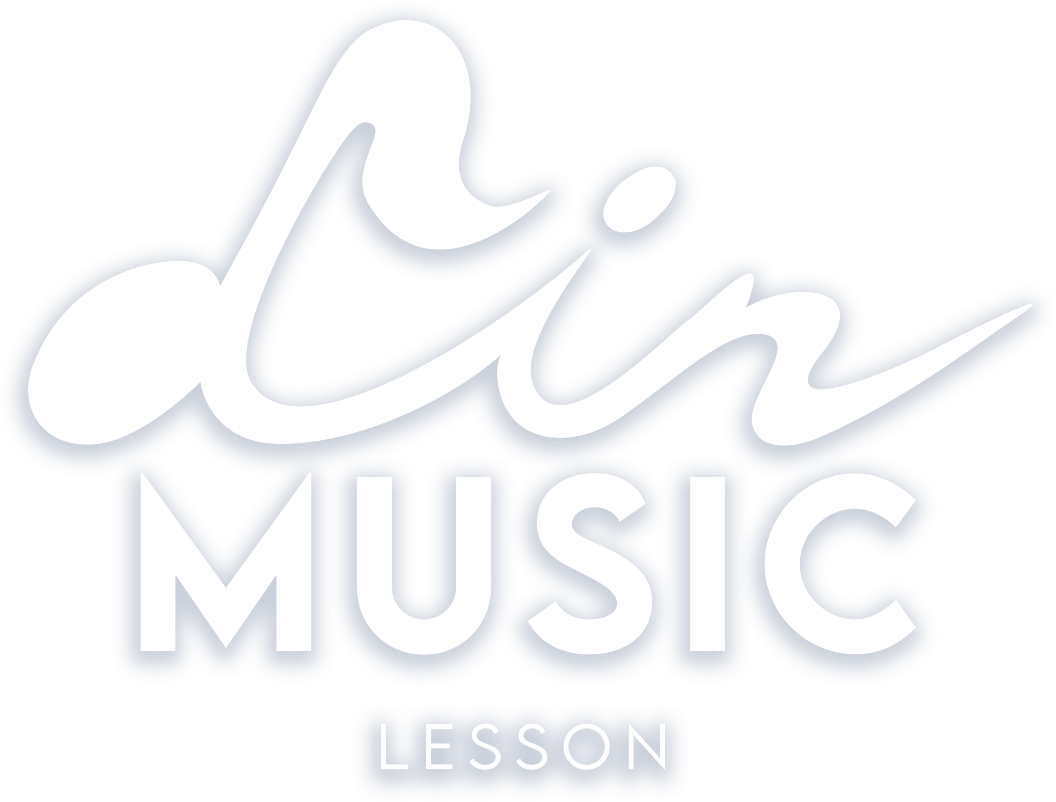[jamiesocial]
As a guitar instructor, I often encounter questions from new students and their parents regarding how to acquire a guitar. There are many places to buy guitars: online, local music stores, pawnshops, etc.
NEVER buy guitars online because shipping is unpredictable! Also, it is a hassle if the guitar is damaged. I’ve seen too many broken necks and warped body from shipping damage.
It is good to prepare yourself with some basic knowledge and pricing before going to the store. Here is a quick six-step guideline to jump start your guitar playing journey:
Step One: What Size?
For younger players (age 9 to 13): 3/4 size would fit nicely.
For young adult and adult players: full size is perfect.
Step Two: Electric or Acoustic Guitar?
Both electric and acoustic guitar are designed in same format and plays the same way. It is possible to learn one and be able to play the other. The only differences are the following:
|
Guitar Style |
Acoustic Guitar (Dreadnought/Concert Size) |
Acoustic Guitar (Classical Style) |
Electric Guitar |
|
Neck Size |
Medium Wide, a bit harder on the hand compared to electric guitars, but not by much. |
Wider, not recommended for beginners unless learning specific style. |
Thin, easier for the hand for beginners. |
|
String Type |
Steel |
Nylon |
Steel |
|
Additional Equipment |
N/A |
N/A |
Amp and cable, which adds to the cost |
|
Durability |
Generally easy maintenance, but more fragile because of hollow body; more suspecting to humidity conditions. |
Generally easy maintenance, but more fragile because of hollow body; more suspecting to humidity conditions. |
Maintenance could vary depending on the electronics and hardware installed; stronger than acoustic guitars. |
|
Music Style |
Everything except heavy metal or rock with distortion. |
Generally for Classical, Latin Jazz, Flamenco. |
Everything |
Step Three: Budget and Online Price Research
For beginner acoustic guitars, you should expect to spend $150 – $300 depending on the brand and quality. For beginner electric guitars, you should expect to spend $300 – $500. Why is electric guitars more expansive? because you will need an amp as well.
Use websites such as Guitar Center or Sweetwater for an idea of online pricing before going to the music store. Pick a couple different models that suits your budget and style. I would have a print out of the selection for pricing documentation and further research.
Sometimes you might find good deals on Craig’s List or at a pawn shop for used guitars; however, unless you know what you are looking at, or have a friend who knows about guitars, I would not recommend buying a second hand guitar.
Step Four: Brands and Models
There are excellent quality guitars with warranties from these major brands: Fender, Gibson, Epiphone, Ibanez, PRS, ESP, Martin, and Taylor. The manufacture websites have extensive information on their guitars.
Research your selection from the previous step by looking up the specifications of the guitars: wood type, color options, and included hardware. I would have a print out of the information for a quicker shopping experience at the store.
Step Five: Head To the Local Music Store
Guitar Center is a good place to start since they are widely available; however, your independent local music store might have better customer service and a more knowledgeable staff.
If you are in Ventura County, California, Instrumental Music is an excellent example of a local independent music store.
Once in the store, you should expect to spend 2 – 4 hours for the entire process from picking and testing the guitars to the final purchase.
Find a salesman and ask about the models of guitars you have researched. The guitar salesman should know how to play, so you could have them demonstrate. This way you can hear the sound quality of the guitar/amp.
Next, you should ask to hold the guitar. If the salesman is helpful, he or she should help with setting up the guitar on your lap in the correct position. Wrap your playing hand around the guitar neck. You should feel comfortable with the size of the body and the neck of the guitar.
Make sure to inspect the guitar for paint chips, scratches, and dins. Unless the guitar was just taken out of the box from the stock room, it has been sitting on the sales floor for some time.
Once you have decided the guitar to purchase, negotiating the price is the next step.
Step Six: Price Negotiation and Accessories
For pricing negotiation, there isn’t too much headroom for the salesman to work with on beginner guitars; as a result, the salesman might put a package deal of guitar accessories together for you along with the purchase of the guitar.
The package might include: picks ($0.25/each), tuner ($15 – $40), strings ($5-$15/pack), gig-bag ($50 -$100), hard-case ($100 – $150), capo ($15), book ($15), guitar-stand ($15 – $30), guitar-strap ($10 – $50).
Picks, a tuner, a bag or case, and a guitar-stand would be good to add on to the purchase. If you plan on taking lessons, those accessories are essential. You can save a trip to the store and receive a good deal on these items at the same time.
Some stores have in-house guitar technicians. The salesman might include a setup service with the purchase of the guitar. It is a very good idea to have a setup done on the guitar to ensure that it is tuned and playable when you take it home.
There you have it! enjoy the new guitar! Feel free to contact me if you have any questions.
[jamiesocial]



